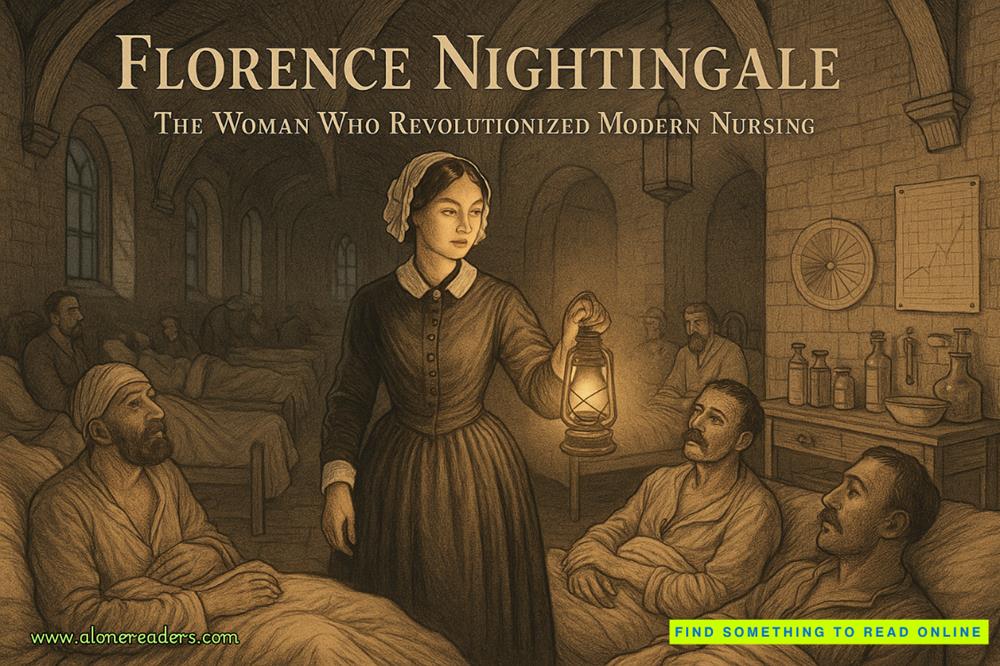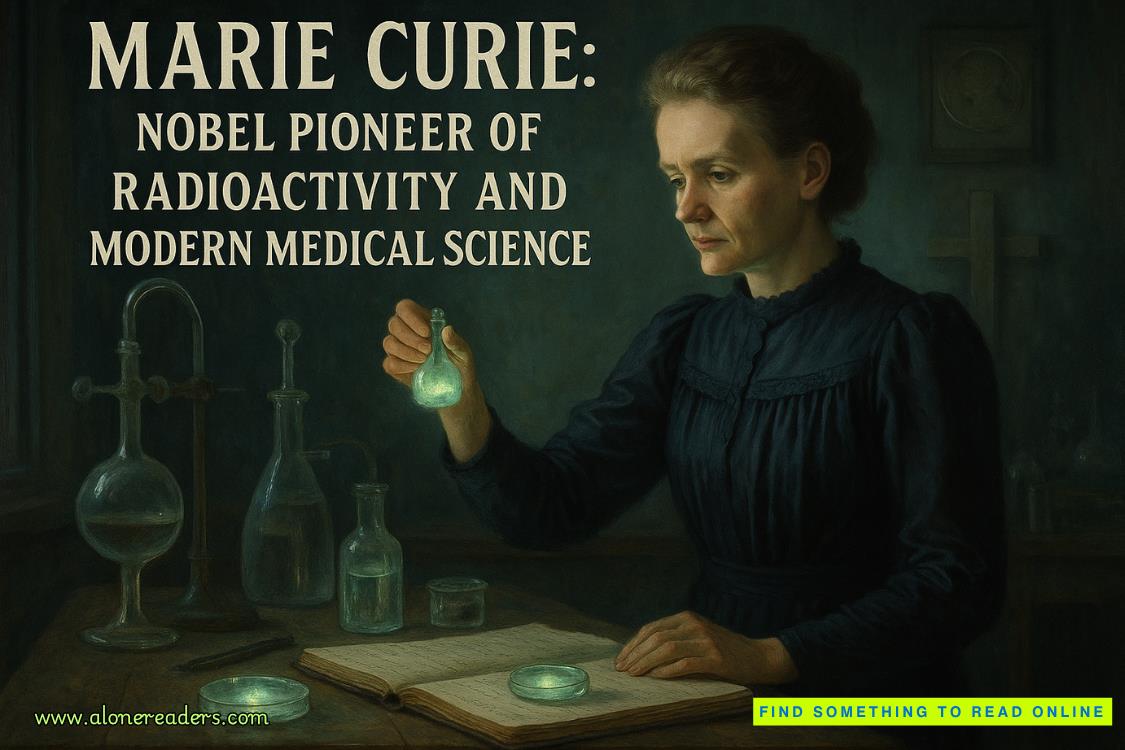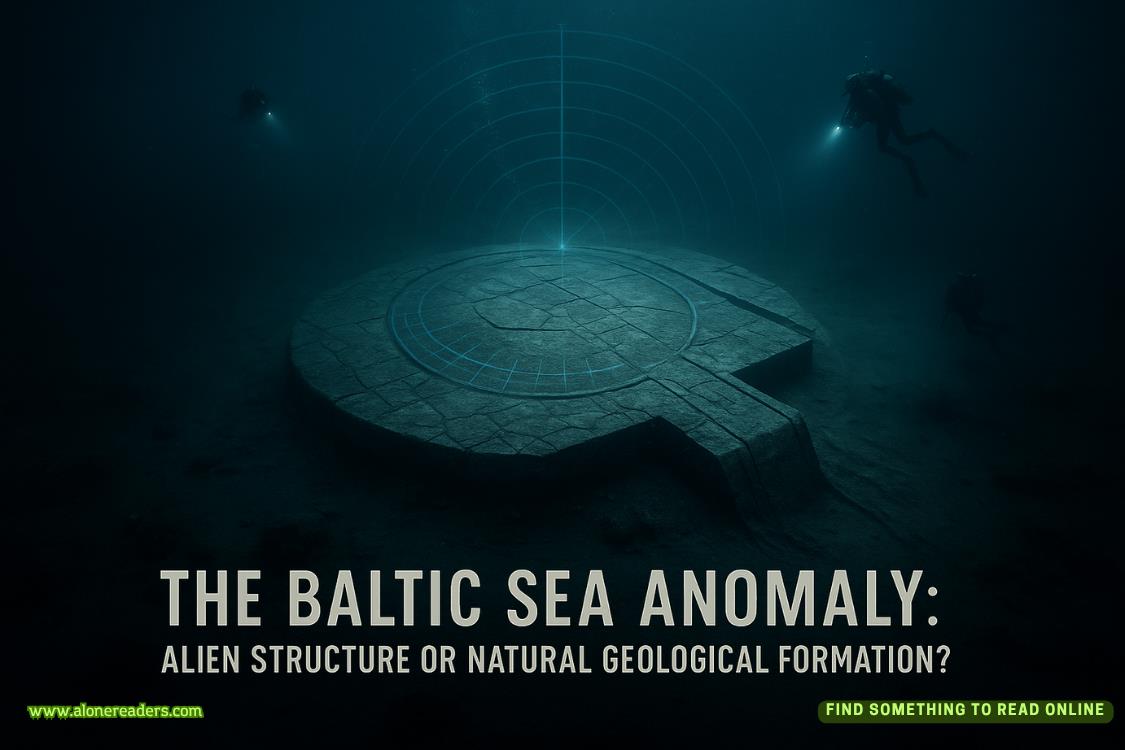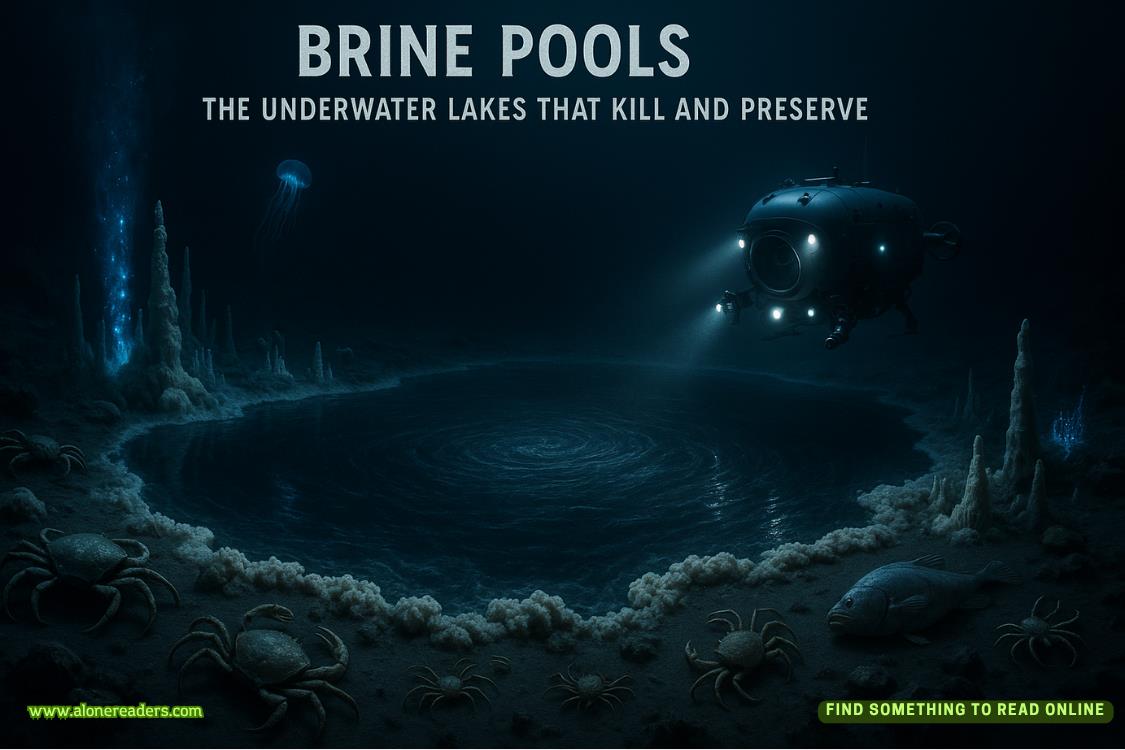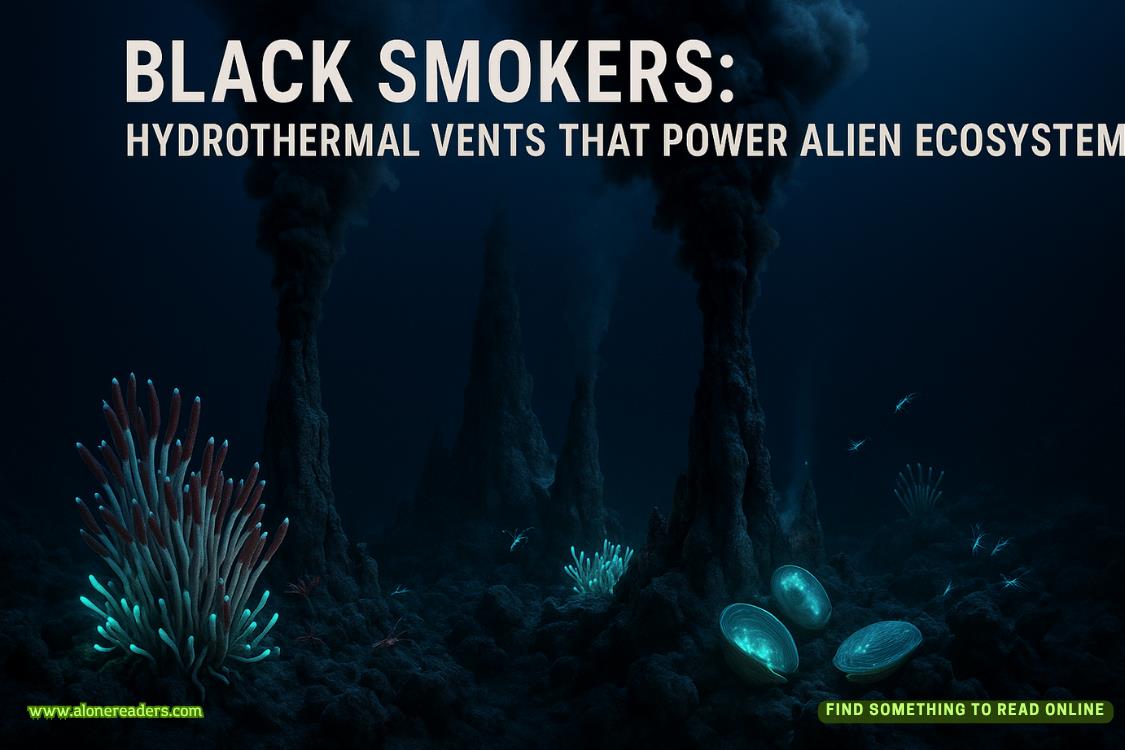Page 343 of DATE
"This is... electricity?" she instinctively sniffed her fingertip and realized that the cloth was soaked with saltwater.
"I don’t even know why this happens," Leonardo said, touching the wet cloth himself, only to quickly retract his hand after being shocked. He turned to her and asked, "Is this the kind of thing you were talking about?"
"It should be," Hedy furrowed her brow. "Does it have something to do with the metals?"
"Not just the metals," Leonardo motioned for Michelangelo to bring over the notebook, explaining the discoveries he had made. "The two metal plates themselves don’t produce this feeling, but as long as there’s a medium between them..."
"It generates an electric current," she replied instinctively.
"Wait, what if we make two giant batteries?!" he suddenly exclaimed.
"What?"
Hedy took the pen and quickly sketched a large reaction chamber, with different materials for the metal plates on either side and a flowing liquid in the middle.
"Maybe this could solve the problem," Hedy's tone became lighter and more energetic. "We should invent an instrument to measure the strength of the current. We can't keep testing the strength with our hands."
"Frogs?" Michelangelo asked instinctively. "Should I buy a box of them?"
"No, something more reliable..." Hedy suddenly remembered something.
She had taken apart a galvanometer before.
It was said to be a product from the 19th century, and by the time she was in physics class, it wasn’t something extraordinary anymore.
It contained a magnet, coils of wire, and some springs...
These adults, who were supposed to be in the studio or the office, spent an entire afternoon gathering all the materials they needed and began crafting various instruments.
The galvanometer was the first to be completed. Hedy vaguely remembered the positions and arrangement of the coils. Although she made a few mistakes, after several attempts, they managed to get it into the right configuration.
As soon as the two ends were connected to the salt bridge, the needle began to swing back and forth, its movement varying depending on the materials used.
The liquid battery came together soon after—
Through repeated experimentation, they discovered that the most suitable conductor was sulfuric acid.
It was highly corrosive—one touch could cause injury—but it reacted most strongly with different metal plates.
Hedy's protective masks and gloves from a few years ago proved invaluable, and several workers watched from a distance near the columns.
The materials for the metal plates were constantly being refined, and more fascinating discoveries kept coming to light.
The two of them spent the entire afternoon amid a pile of chemical apparatus, and as dusk fell, they suddenly realized how long it had been since they had seen each other. They laughed, kissed each other on the forehead, and then on the lips.
Spending an entire afternoon together, even without time to speak of love, seemed more than enough.
They shared their findings with the Florence Academy, sparking further enthusiastic and curious discussions.
With the battery, the generator couldn’t be far behind.
If they could establish a stable electricity supply system—though not as stable or powerful as modern systems—long-distance communication would become a reality.
Hedy could no longer imagine what the world would look like ten or twenty years from now.
If they really did unlock the secrets of electricity with the help of scholars, how quickly would the world move into a technological and industrial revolution?
On the day of February 14th, both the bride and groom nearly arrived late.
